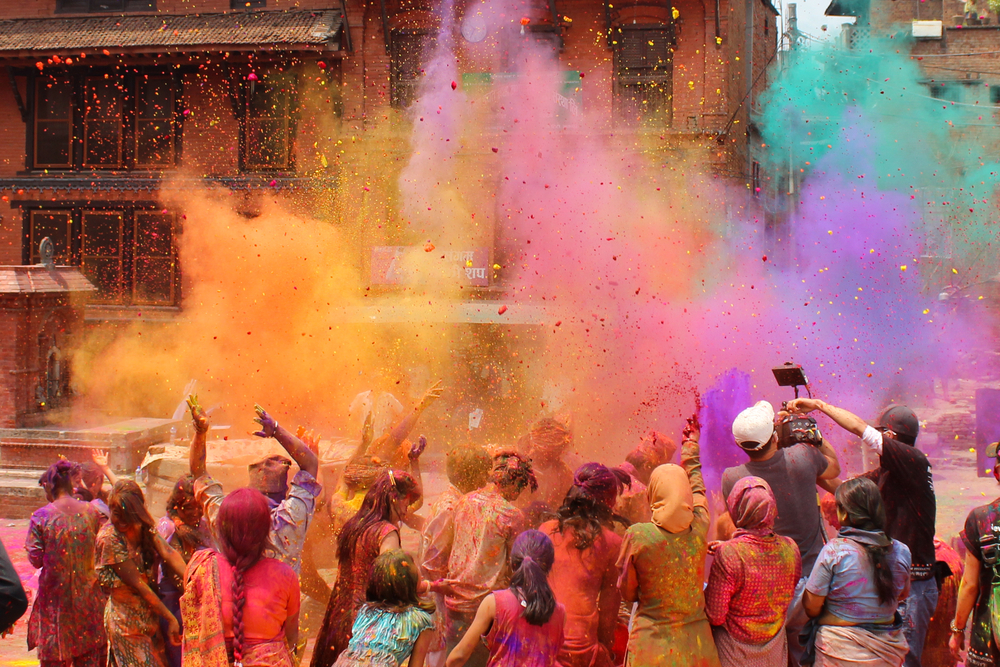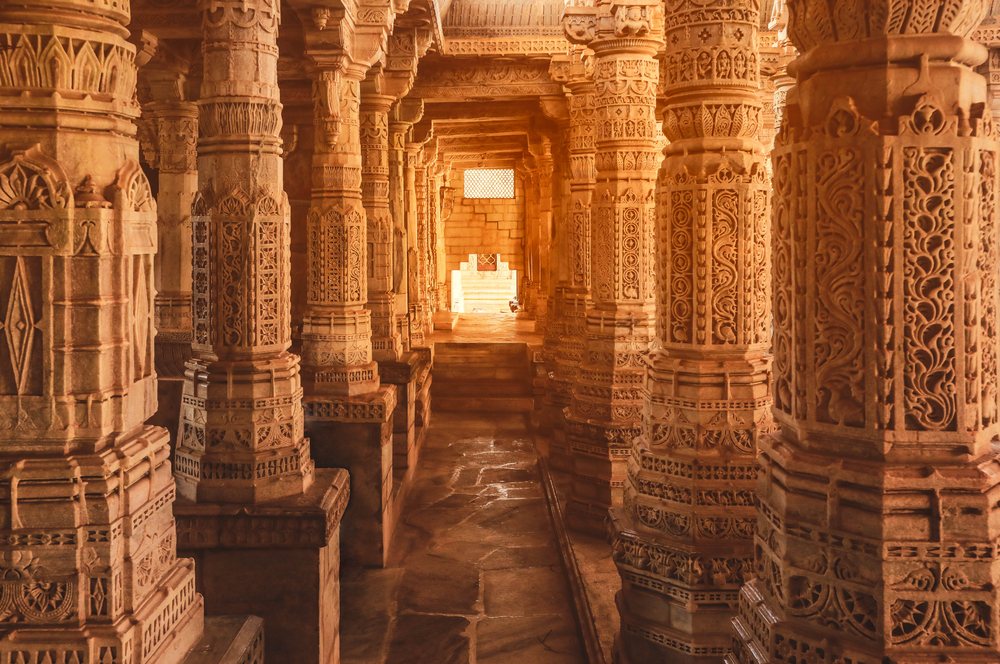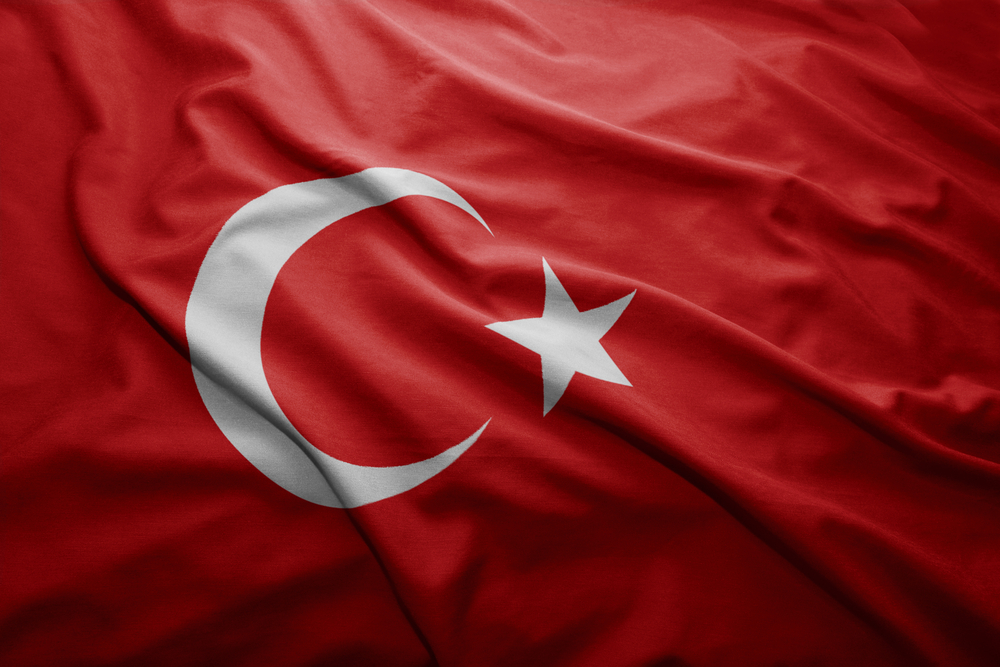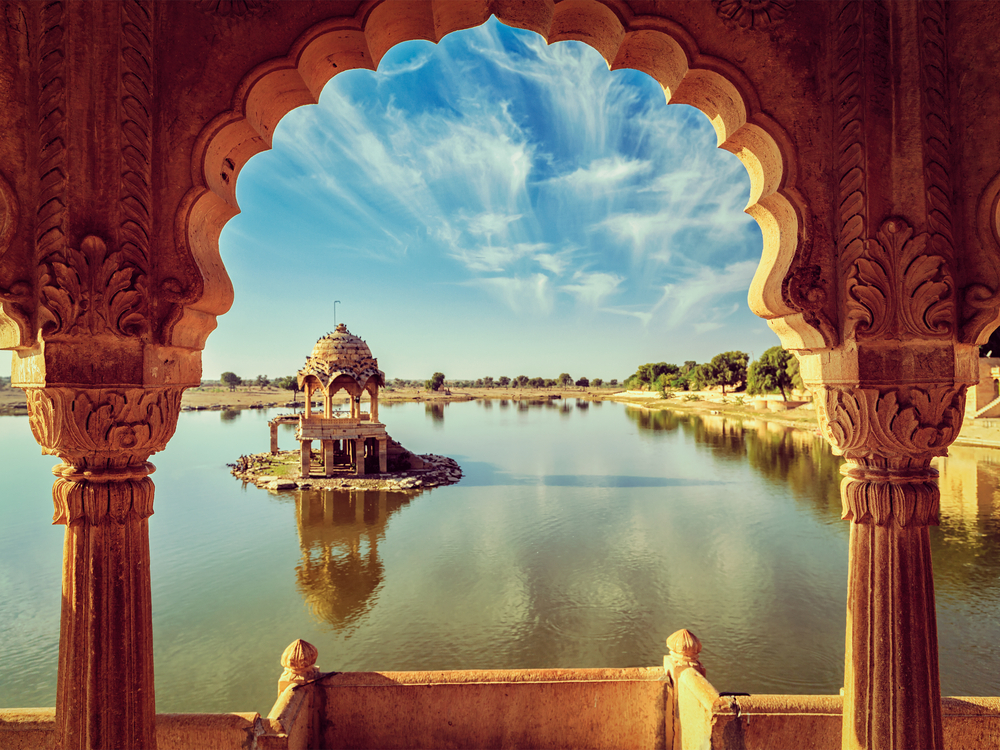India has excellent cultural variety and rich customs, and every event revolves around food. Festivals, firmly ingrained in the national identity, are a feast for the senses rather than only spiritual events. Indian festival cuisine reflects the area’s resources, history, and environment from whence they were created. Rituals call for these foods, which link generations and arouse memories of home, family, and community. Every celebration offers a fresh chance to savor a unique range of foods honoring life, faith, and cuisine.
India’s gastronomic calendar centers on seasonal vegetables, regional delicacies, and age-old traditions handed down through the years. Every celebration in this varied nation has a unique cuisine that reflects various facets of life—from love and dedication to wealth and good fortune.
The Importance of Food in Indian Festivals
Food is revered in India, especially during holidays. It’s about showing thanks, asking for blessings, and sharing happiness with others as much as it is about stuffing the belly. Food is presented to gods in various celebrations as prasad, a holy offering, which is subsequently shared with guests. Families and communities gather to cook, eat, and celebrate the feast, strengthening social relationships via food.
Lentil-Based Dishes: The Heart of Many Festivals
Using lentils, particularly in southern and central India, is one of the commonalities throughout the several Indian celebrations. Many rice and lentil-based recipes take the stage during holidays such as Diwali, Pongal, and Makar Sankranti. Celebrated in Tamil Nadu and some areas of South India, Pongal is a harvest celebration marked by preparing the eponymous “Pongal,” a rice and lentils meal cooked with black pepper, cumin, and ghee. Usually presented with chutneys and sambar, a hot lentil soup, this meal represents the harvest.
Diwali celebrations in Maharashtra are incomplete without “puran poli,” a delicious flatbread stuffed with jaggery and split chickpea filling. Rich in taste, the meal also reflects plenty. Celebrated with kite-flying and bonfires, Makar Sankranti is a festival when tilgul—a delicacy created from sesame seeds and jaggery—is given as a goodwill gift. The sesame seeds stand for excellent health; jaggery is sweetness and delight.
Sweets and Desserts: A Sweet Symbolism of Prosperity
Every Indian celebration revolves around sweets representing the pleasure of life and wealth. From the rich and sugary “gulab jamun” to “laddu,” “barfi,” and “mithai,” households make a variety of sweets during Diwali, India’s most often celebrated holiday. Shared among neighbors, friends, and family, these sweets mark harmony and friendliness.
Durga Puja in Bengal is a time to indulge in sweets, including “Sandesh” and “rosogolla.” Celebrated throughout the festival, rosogolla—a soft, spongy ball made from chhena, or cottage cheese, drenched in sugar syrup—has been proclaimed an icon of Bengali cuisine.
Likewise, Holi, the celebration of colors, is observed with various delicacies, including “gujiya”—a deep-fried dumpling stuffed with a mixture of khoya (reduced milk), dried fruit, and sugar. Often accompanied by bhang (cannabis), Holi is also a time for indulgence in “thandai,” a drink flavored with almonds, saffron, rose petals, and a trace of spice.
Spicy and Savory Delights: Snacks and Main Courses
Though sweet cuisine rules the festival food scene, savory meals are just as important and delicious. To celebrate Lord Ganesha, the revered elephant-headed god, attendees of Ganesh Chaturthi make “modaks”—sweet dumplings loaded with jaggery, coconut, and cardamom. Offered to Lord Ganesha, modaks are supposed to bring wealth and knowledge.
A prominent Muslim event, Eid is incomplete without foods like “biryani,” a fragrant rice meal created with marinated meat, saffron, and a mix of spices. Another beloved treat marking the end of Ramadan is “Sheer khurma,” a sweet vermicelli meal prepared with milk, dates, and dry fruits.
Kerala’s traditional “sadya” feast is presented on a banana leaf during Onam, a harvest celebration. This extensive vegetarian menu includes rice, “sambar,” “avail,” a vegetable curry with coconut, and “payasam,” a milk-based treat. The Onam sadya is a real mirror of Kerala’s varied agricultural abundance and rich cultural legacy.
The Role of Regional Influence in Festive Foods
India’s geographical variety shapes the tastes and ingredients utilized during celebrations. Festivals like Navratri and Diwali in the northern plains are marked by indulgence in rich curries, “kachoris,” “samosas,” and “pri,” together with an assortment of sweets like “ghevar” and “jalebi.”
During celebrations like Makar Sankranti and Onam, shellfish take the front stage in coastal areas’ festival cuisine. During Christmas and the New Year, “xacuti,” a delicious curry made with chicken or lamb, and “bebinca,” a classic Goan dessert created of coconut milk and eggs, are common in Goa, a feast of “baked fish.”
Conclusion: A Celebration of Culture and Cuisine
India’s varied and delicious festive cuisine celebrates its rich history, traditions, and culture and reflects the nation’s gastronomic skill. Every celebration has unique tastes that unite people, strengthen a feeling of community, and respect the customs carried on over decades. Food during holidays lends an exceptional warmth to the celebrations that no other element can equal, whether it’s the savoriness of a Pongal “sambar” or the sweetness of a Diwali “laddu.
The table remains a primary spot for gathering, love, and unity as India’s culinary calendar emerges with every season. From Holi’s vibrant, sweet treats to the filling biryanis of Eid, festive cuisine in India is an authentic tribute to the nation’s wealth. It provides an experience transcending taste to touch the very spirit.
Read more: Top Cities in India for Business Growth and Innovation




